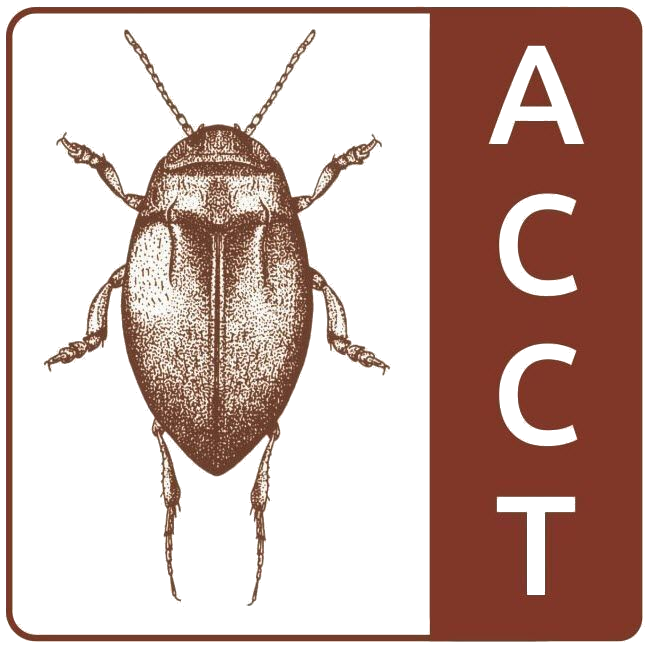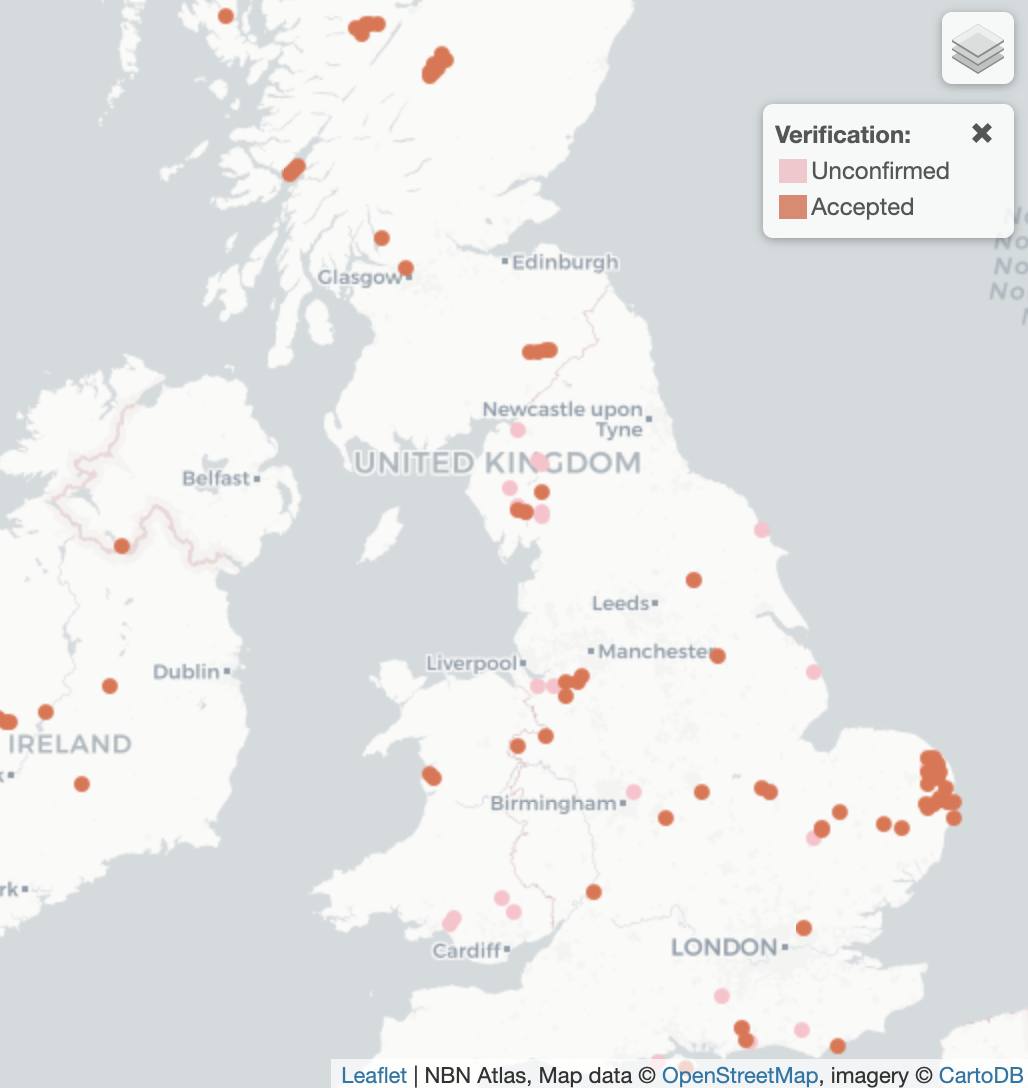Donacia aquatica
(Linnaeus, 1758)
Zircon Reed Beetle

Aquatic Coleoptera
Conservation Trust
OVERVIEW

Donacia aquatica is a distinctive reed beetle belonging to the family Chrysomelidae, renowned for its metallic coloration that gives it the common name "Zircon Reed Beetle." This semi-aquatic species is closely associated with emergent aquatic vegetation, particularly Sparganium species, and represents an important component of wetland ecosystems across England and Wales.
CONSERVATION STATUS
Key Threats:
- Wetland habitat loss and degradation
- Water pollution and eutrophication
- Invasive plant species competition
- Water level management and drainage
- Climate change affecting wetland hydrology
Population Trend:
DISTRIBUTION

Current Range: Distributed across England and Wales with scattered populations, most abundant in central and southern England where suitable wetland habitats remain.
Habitat Distribution: Found on margins of still or slow-flowing water bodies with established stands of Sparganium (bur-reed) and other emergent vegetation, requiring high water quality and minimal disturbance.
ECOLOGY & HABITAT
Reed Beds
Sparganium and emergent vegetation communities
Still Waters
Ponds, lakes, and slow-flowing river margins
Clean Water
High water quality essential for host plant health
Life Cycle: Complete metamorphosis with larvae developing on submerged roots of host plants
Diet: Adults feed on leaves and stems of Sparganium; larvae feed on submerged plant roots
Host Specialization: Primarily associated with bur-reed species but can utilise other emergent vegetation
CONSERVATION ACTIONS
Wetland Protection
Protect and restore wetland habitats with diverse vegetation
Water Quality
Maintain clean water conditions and prevent eutrophication
Vegetation Management
Manage invasive species and maintain native plant communities
Population Monitoring
Regular surveys and habitat condition assessment